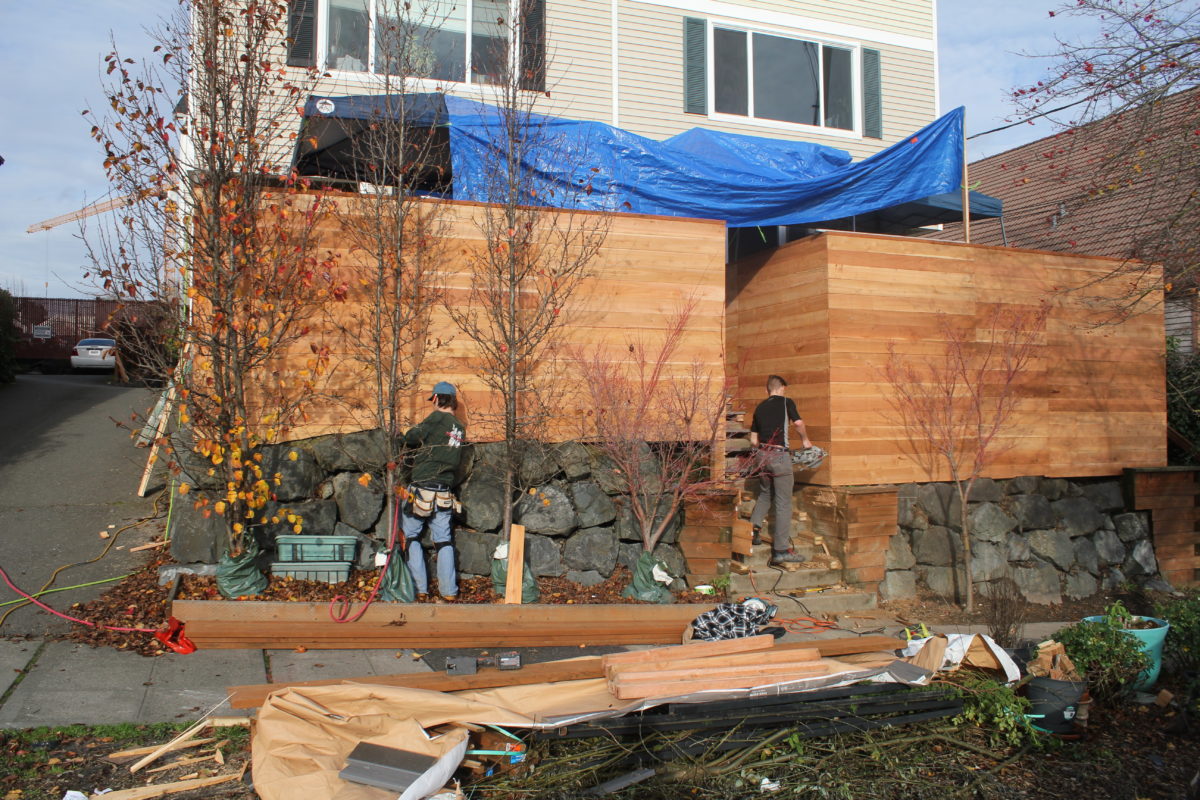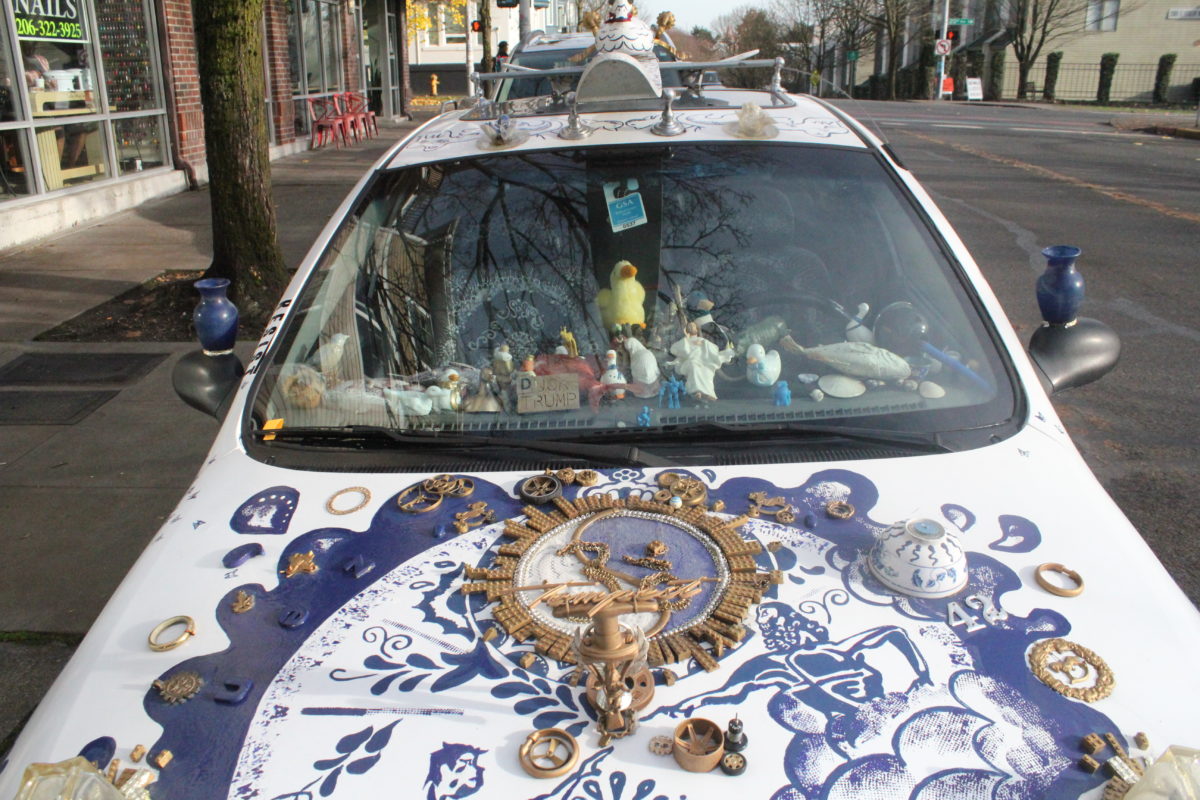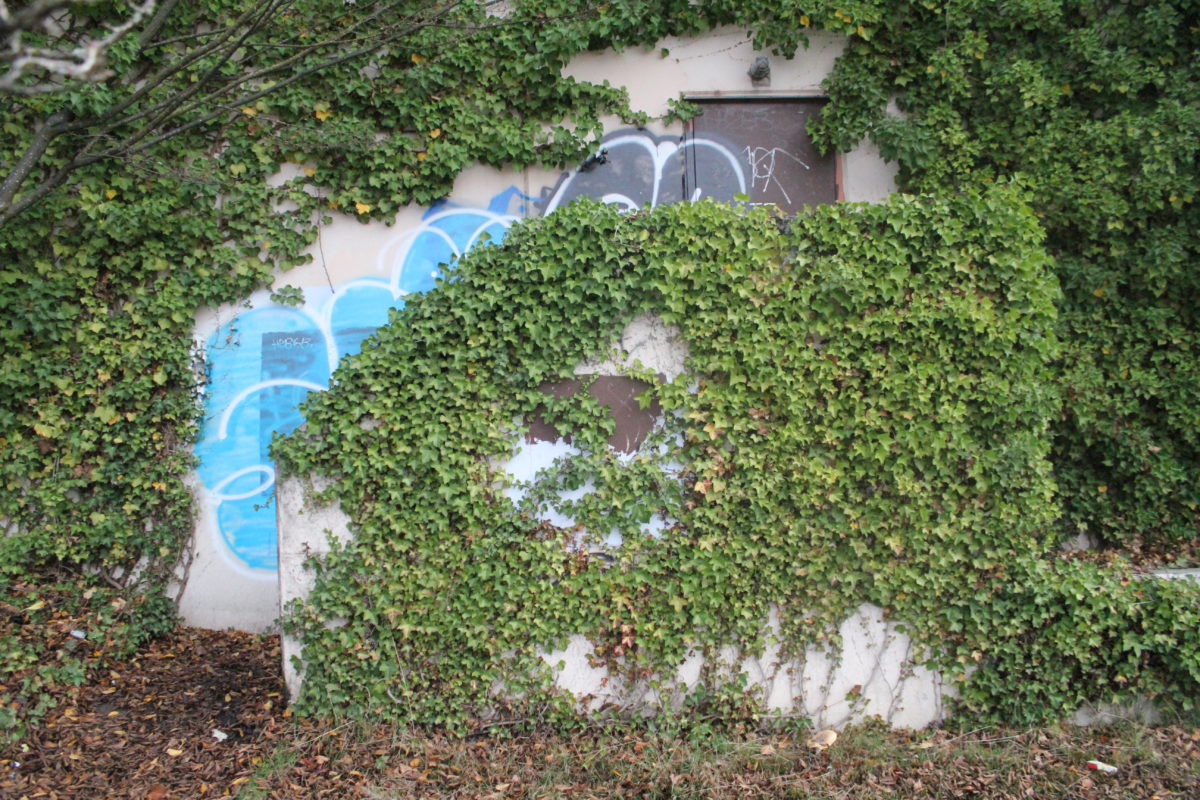
Having lived in Seattle for three years, I can’t possibly capture the history and cultural relevance of the neighborhood that many of the locals experienced growing up here. My story is of how I experienced the neighborhood in the midst of Seattle’s development boom.
Gentrification wasn’t a word that I heard before until I started to live in Seattle. Gentrification is, according to dictionary.com,“the process of renovating and improving a house or district so that it conforms to middle-class taste.” I now understand gentrification as modern-day colonialism.

I learned how Black people were forced into living in the Central District due to “redlining” by the banks — as late as the 1970s. Redlining was a way that banks ensured that neighborhoods stay segregated and kept the laborers close to downtown of the city. Banks would refuse loans to Black people and people of color who would try to buy homes that fell below a certain price. The practice was active discrimination against Black people and other people of color — and it was not just in Seattle, but in the rest of the country.
Forms of redlining still exist. Seattle has raised the property taxes to force people to sell their homes and move away from the area. The city allowed big developers to build luxury apartments that people who grew up in the neighborhood can’t afford. Frequent police patrols can be seen in the neighborhood, where they are see frequently pulling over vehicles in a community that relies on their cars for work. Mounting taxes, rent prices and traffic tickets are how people are now forced into certain locations in today’s society.
This does not mean that the neighborhood is completely lost. People in the community have shown resilience in trying to maintain cultural and community bonds. The Central District is filled with posters, street art and murals honoring the values of the community. Many of the business owners that gave the Central District its personality have struggled to maintain their way of living and showed resourcefulness in continuing their business.

Terrell Jackson, owner of Jackson’s Catfish Corner, plans to continue to be a part of the changing Central District. He recently brought it back to the Central District after a brief relocation to Rainier Beach and he plans to move into a new building planned for the corner of Twenty-Third Avenue and Jackson Street.
His grandparents started the business in the Central District in 1985 around the time he was born. Jackson started working for them in 1999 when he was 13.
“Back then it was predominantly African Americans and that was during the time that people started coming into the Central from different areas and different states,” he said.
“Coming into the Central, liking the older houses that they can remodel and charge double the price. Sold my Grandma’s house for $250,000 they take it and buy it and put $50,000 into and sell it for a million dollars,” Jackson said.
“I seen a lot of people’s grandma’s houses, who’s grandfathers worked hard for those houses being bought and taken away,” he said. “But my business has been blessed to satisfy everyone’s stomachs with this great catfish. We have people coming in with all different kinds of colors and ages. …. We taking in everyone from the community. I’m so blessed to be able to have my grandfather’s business right now.”
Jackson says his life story is an example of resilience, as a 29-year-old African American business owner.
“A lot of people are not going put their trust in you, to give you a bundle of money. You know you go take this money, go flip and whatever. I was just grinding, you know, I didn’t listen to the ‘no’s. I was just grinding,” he said. “I just kept rocking, you know, what I’m saying. I’m never going to let people tell me ‘no’ and lose my business. … I learned that in this business that you’re gonna get your ‘no’s, but you’ll going to get your ‘yes’s, and the ‘yes’s will always overpower the ‘no’s, and that’s all I worried about. It took a hell of a hell of a transition to get to the level that I am at.”
“So five years from now, if this happens again, I already been through that, and I know what to do in that situation. You know what I’m saying? There’s no stopping me.”

I met Nicole Wood at Cheeky Cafe in the Central District. She recently moved to Tukwila.
“Every time I come here there is a new building erected, and everything I once knew and loved is gone. So It’s very different. Very different,” she said.
To her, resilience means “not giving up, perseverance, keep going, you not letting things get in your way. … I mean I just gotta live at the end of the day. Just being resilient, resourceful and finding ways to make it happen. Working. Hustling.”
Private school student loans and rising costs in the city are factors in her moving out of Seattle, Wood said. Wood formerly lived in Capitol Hill.
“I do feel like its the economy and everything that is happening is slowly moving me further south, for sure, just so I can maintain,” she said.


Dennis Brandt lives in West Seattle, but I met him on Yesler Way near Broadcast Coffee next to his vividly decorated car. A sign in his windshield said “Fuck Trump,” which he censored to “Duck Trump” after receiving a complaint from a coworker.
The leaders of Seattle are not doing enough to help the people who live here, he said.
“Building all of these apartment buildings, you know, the city let the developers off the hook. By rights, they oughta be contributing … 10 percent, maybe more towards housing for homeless people, I mean, how many homeless people do we have in King County last year?” Brandt said. “It’s incredible, and here we are building these $1,500-a-month apartments, and those are the cheap ones! It’s amazing! Who’s making the money? The developers are. The city is!”
But, he said the people of Seattle get it.
“I had a woman last night come up to me and she had socks on and slippers from the Union Gospel Mission, and she’s asking me for change because she wants to buy shoes, right? And she comes up to me and asks: ‘Can I help you?’ That’s how generous people are out here. It’s just really tough.”


Seattle Globalist’s “Portraits of Resilience” series was produced as part of the Globalist Youth Apprenticeship program in partnership with Seattle’s Office of Sustainability & Environment. The series highlights communities of color contributing to a more resilient Seattle.


Great article, Gavin! Thank you for illuminating us to the stories of some folks who were here before us. As recent transplants to the CD ourselves, we do struggle with the fact that we are part of this transition. Buying, eating, and participating locally are some steps we take to contribute positively, but it is refreshing and informative to read and understand the impact of the rapid changes even more. Thank you.